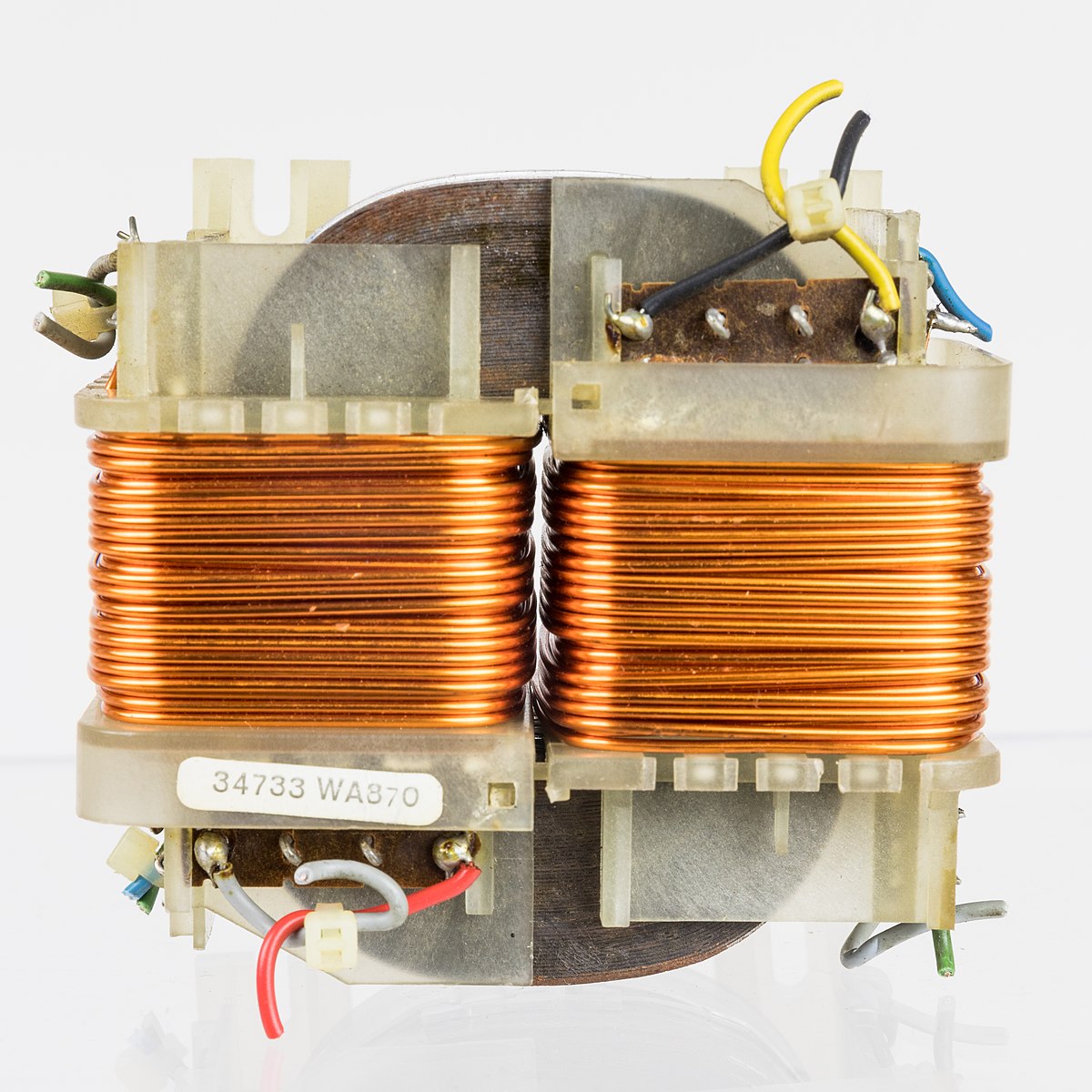In the world of electrical engineering, the choice between alternating current (AC) and direct current (DC) is a fundamental decision that shapes the way electricity is generated, transmitted, and utilized. While both AC and DC have their merits, transformers overwhelmingly rely on AC for a multitude of reasons. In this blog post, we will delve into the intricacies of why transformers use AC instead of DC, exploring the advantages, historical context, and practical applications of this choice.
- Historical Context:
To understand why transformers favor AC, we must first delve into the historical context. The development of AC power transmission can be attributed to the visionary genius of Nikola Tesla and his collaboration with George Westinghouse. Their breakthroughs in the late 19th century revolutionized the way electricity was distributed, making AC the dominant choice for power transmission. This historical foundation laid the groundwork for the widespread use of AC in transformers. - Efficiency and Power Transmission:
One of the primary reasons transformers utilize AC is the efficiency of power transmission. AC allows for voltage to be easily stepped up or down using transformers, enabling long-distance transmission with minimal power loss. This is achieved through the principle of electromagnetic induction, where the changing magnetic field in the primary coil induces a voltage in the secondary coil. DC, on the other hand, requires complex and less efficient conversion methods, making it less suitable for long-distance power transmission. - Safety Considerations:
Another crucial aspect that favors AC in transformers is safety. AC power has a distinct advantage over DC when it comes to reducing the risk of electric shock. With AC, the voltage periodically crosses zero, allowing for the use of protective devices like circuit breakers and fuses to interrupt the current flow. This feature enhances safety in both residential and industrial settings. In contrast, DC power maintains a constant voltage, making it more challenging to interrupt the current flow and posing a higher risk of electrical accidents. - Compatibility and Standardization:
AC power has become the global standard for electricity distribution, making it the most compatible choice for transformers. The vast majority of electrical devices and appliances are designed to operate on AC power, from household electronics to industrial machinery. By using AC, transformers ensure seamless compatibility and interoperability across various applications, simplifying the design and integration of electrical systems. - Flexibility and Scalability:
AC power offers greater flexibility and scalability compared to DC, making it an ideal choice for transformers. AC systems can easily accommodate changes in load demand, allowing for efficient distribution of power to meet varying needs. Additionally, AC power can be easily converted to different voltages using transformers, enabling the efficient utilization of electricity across diverse applications. This flexibility and scalability make AC the preferred choice for large-scale power generation and distribution networks.
Conclusion:
In conclusion, the choice of AC over DC in transformers is driven by a combination of historical, technical, and practical factors. The efficiency, safety, compatibility, and flexibility offered by AC power make it the optimal choice for transformers. As we continue to rely on transformers for efficient power transmission and distribution, the power of alternating current remains indispensable in our modern world.
